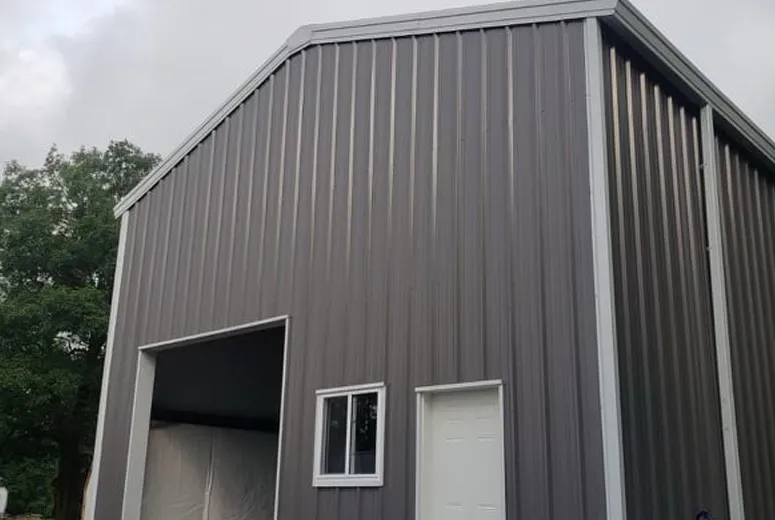- Afrikaans
- Albanian
- Amharic
- Arabic
- Armenian
- Azerbaijani
- Basque
- Belarusian
- Bengali
- Bosnian
- Bulgarian
- Catalan
- Cebuano
- Corsican
- Croatian
- Czech
- Danish
- Dutch
- English
- Esperanto
- Estonian
- Finnish
- French
- Frisian
- Galician
- Georgian
- German
- Greek
- Gujarati
- Haitian Creole
- hausa
- hawaiian
- Hebrew
- Hindi
- Miao
- Hungarian
- Icelandic
- igbo
- Indonesian
- irish
- Italian
- Japanese
- Javanese
- Kannada
- kazakh
- Khmer
- Rwandese
- Korean
- Kurdish
- Kyrgyz
- Lao
- Latin
- Latvian
- Lithuanian
- Luxembourgish
- Macedonian
- Malgashi
- Malay
- Malayalam
- Maltese
- Maori
- Marathi
- Mongolian
- Myanmar
- Nepali
- Norwegian
- Norwegian
- Occitan
- Pashto
- Persian
- Polish
- Portuguese
- Punjabi
- Romanian
- Russian
- Samoan
- Scottish Gaelic
- Serbian
- Sesotho
- Shona
- Sindhi
- Sinhala
- Slovak
- Slovenian
- Somali
- Spanish
- Sundanese
- Swahili
- Swedish
- Tagalog
- Tajik
- Tamil
- Tatar
- Telugu
- Thai
- Turkish
- Turkmen
- Ukrainian
- Urdu
- Uighur
- Uzbek
- Vietnamese
- Welsh
- Bantu
- Yiddish
- Yoruba
- Zulu
Nov . 14, 2024 21:10 Back to list
Prefab Industrial Buildings The Future of Efficient Construction
In recent years, the construction industry has witnessed a significant shift towards prefabricated (prefab) structures, especially within the realm of industrial buildings. These innovative constructions are gaining traction for their efficiency, cost-effectiveness, and sustainability. In this article, we will delve into the characteristics, benefits, and future prospects of prefab industrial buildings.
What Are Prefab Industrial Buildings?
Prefab industrial buildings are structures that are manufactured off-site in a controlled environment, then transported and assembled at the final location. This method contrasts sharply with traditional construction, where materials are usually processed and assembled on-site. Prefabrication can involve numerous components, including structural frames, walls, flooring, and roofing systems. The modular approach allows for a diverse range of building types, including warehouses, manufacturing facilities, distribution centers, and more.
The Advantages of Prefab Construction
1. Speed of Construction One of the most compelling advantages of prefab industrial buildings is the speed of construction. Since components are built in a factory setting while site preparation occurs simultaneously, the overall timeline from design to completion is significantly reduced. This rapid turnaround can be critical for businesses needing to expand or relocate quickly.
2. Cost-Effectiveness Prefabrication often results in lower construction costs. Factories can produce components at scale, reducing material waste and labor costs. Additionally, the shorter construction timeline minimizes expenses related to extended labor and site rentals, making prefab solutions an attractive option for businesses mindful of their budgets.
3. Quality Control Manufacturing components in a controlled environment allows for stricter quality control compared to on-site construction, where weather and other variabilities can impact the quality of work. This heightened quality assurance results in better overall building performance, longevity, and fewer maintenance issues down the line.
4. Sustainability In an age where environmental concerns are paramount, prefab industrial buildings offer a more sustainable construction method. The controlled environment reduces material waste, and many prefab companies are now utilizing recycled or eco-friendly materials in their construction processes. Additionally, the efficiency of the build can lead to reduced energy consumption during the operational phase of the building.
prefab industrial buildings

5. Flexible Design and Scalability Another appealing aspect of prefab industrial buildings is their design flexibility. Modular components can be easily reconfigured, allowing businesses to expand or alter their facilities without starting from scratch. This adaptability makes prefab buildings an excellent option for companies anticipating growth or changes in their operational needs.
Industry Applications
Prefab industrial buildings are versatile and applicable across various sectors. They are widely used in manufacturing, logistics, and warehousing, where the need for efficient, large-space solutions is crucial. Additionally, industries such as pharmaceuticals, food processing, and retail have also embraced prefab solutions for their scalability and adaptability.
Challenges and Considerations
Despite the many benefits, there are challenges associated with prefab construction. Locally sourced materials and regulatory approvals can sometimes complicate implementation, particularly in regions with strict building codes. Furthermore, the initial design phase can be more complex, requiring precise planning and integration of various components.
The Future of Prefab Industrial Buildings
As technology advances, the potential for prefab industrial buildings continues to grow. Innovations such as 3D printing and advanced manufacturing techniques are likely to enhance production capabilities, further driving down costs and construction times. The global trend towards sustainable building practices will also encourage the adoption of prefab methods as businesses strive to meet corporate responsibility goals.
In conclusion, prefab industrial buildings represent a significant advancement in modern construction, offering a myriad of benefits including speed, cost-effectiveness, quality, and sustainability. As the industry evolves, embracing technology and innovative practices, prefab buildings are set to play a pivotal role in shaping the future of industrial construction. For businesses looking to modernize their facilities while maintaining efficiency and flexibility, prefab solutions are undoubtedly a viable pathway forward.
-
How Do Prefabricated Steel Structures Transform Modern Construction?
NewsJul.14,2025
-
How Do Prefabricated Metal Buildings Redefine Modern Construction?
NewsJul.14,2025
-
How Do Prefab Insulated Metal Buildings and Steel Structures Revolutionize Modern Construction?
NewsJul.14,2025
-
How Do Pre - Engineered Steel Structures Redefine Modern Construction?
NewsJul.14,2025
-
Advancing Modular Construction with Prefabricated Metal Structures
NewsJul.14,2025
-
Advancing Industrial Infrastructure with Prefabricated Steel Solutions
NewsJul.14,2025
Products categories
Our Latest News
We have a professional design team and an excellent production and construction team.












